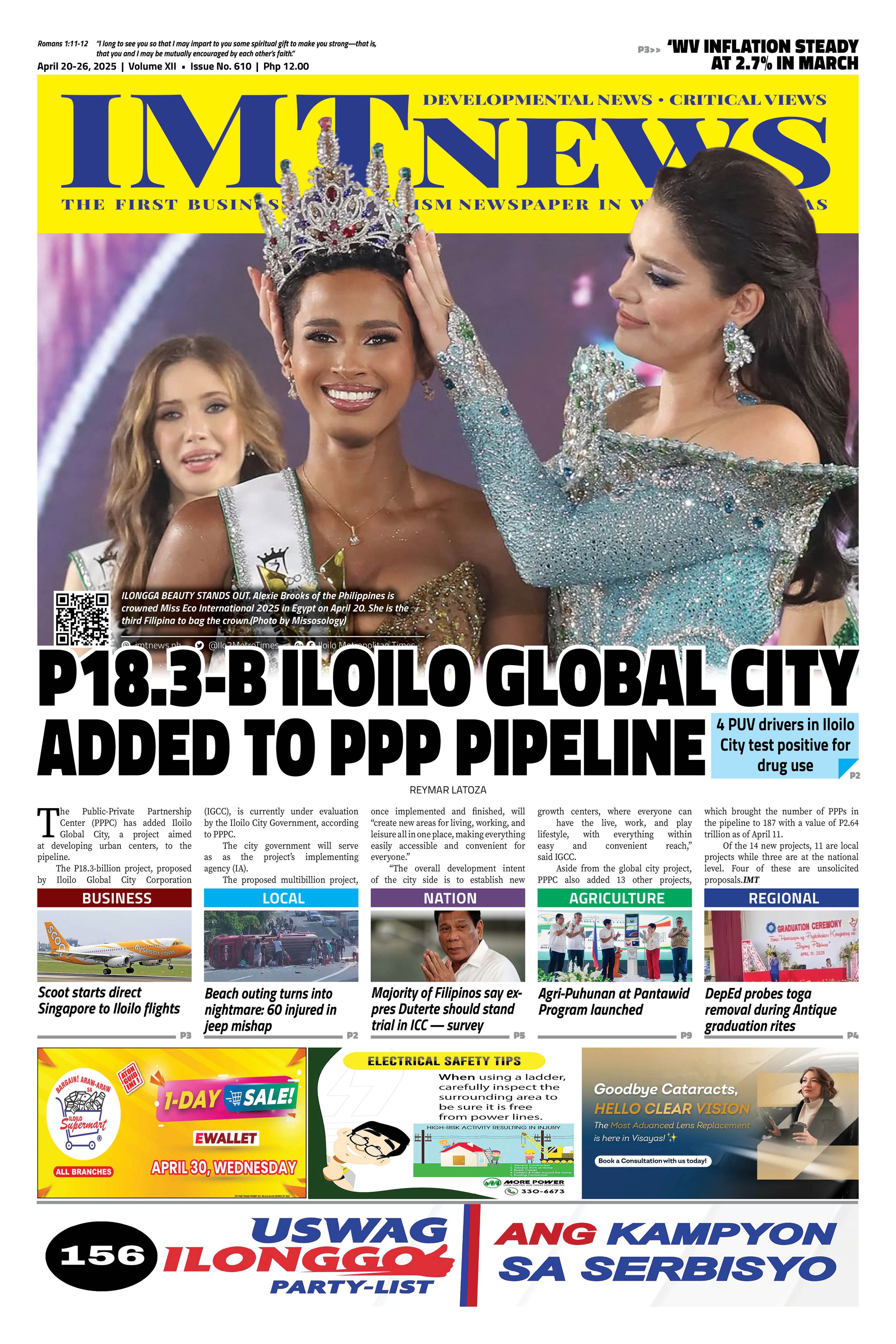The power sector has perfected a system wherein the functions of production, transmission and distribution are clearly assigned to three separate industry players.
The National Power Corporation (Napocor) does the production, the National Grid Corporation of the Philippines (NGCP) does the transmission, and power concessionaires like MERALCO does the distribution.
That is not so in the water sector. In Metro Manila, the two water concessionaires, namely Manila Water and Maynilad are responsible for production, transmission and distribution in their respective concession areas, even if they also depend on water sources owned by the government.
It appears to be a different story in the provinces, where the production, transmission and distribution of water is the responsibility of the local water districts. These local water districts are supervised by the Local Water Utilities Authority (LWUA) which is a GOCC according to its charter.
In other words, water supply in the provinces is the responsibility of the national government, and not of the local government units (LGUs). In the spirit of devolution, is it not about time that Congress investigated this issue?
In this connection, we should apply the rule of subsidiarity, to deal with a problem at the lowest possible level.
MARKETING OF FILIPINO SOFTWARE BASED SERVICES
When I was working for a Singapore based software development company, we had much success developing web apps and mobile apps made by a combined team of Filipino and Indian designers and programmers.
Of course, the Indians were good programmers but later, I learned that Filipino programmers are just as good. Just like the case of Filipino inventors, the problem is always on the marketing side, and not on the production side.
There are very few Filipino inventions that have successfully penetrated the global markets, and sadly, neither has Filipino made software products and services. That is why I am trying to do something about it, however I can.
Recently, here has been an explosion of new artificial intelligence (AI) software such that it has opened doors for some of my friends to offer consulting services for clients as to how to come up with a strategic plan, so that they could either survive the entry of AI, or be able to make more money by providing new services that are powered by AI.
Looking ahead, I am now looking for new AI powered products and services that I could promote abroad, with the help of my former DFA colleagues who are now assigned abroad.IKE SEÑERES







